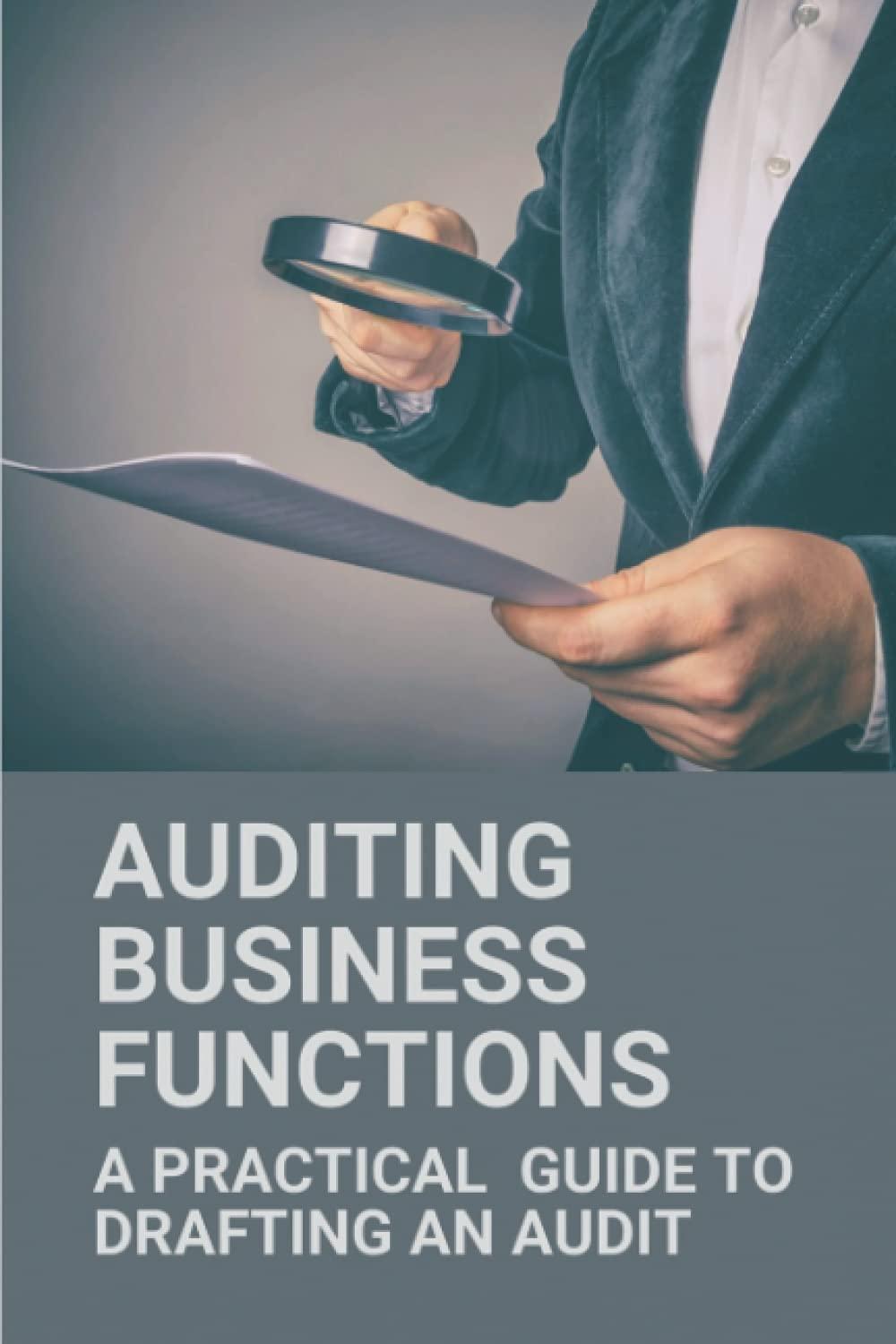 Please answer all with the calculations, thanks!
Please answer all with the calculations, thanks!
Reconciliation of Book to Taxable Income The books of Kelley Corporation, a domestic manufacturer, showed the following for 2020: Gross Sales Cost of goods sold (excluding depreciation expense) Equipment depreciation expense Cash contributions to qualified public charities Officers' life insurance premiums (Kelley Corp. is the beneficiary) Life insurance proceeds received through death of corporation president Taxes (state, local, and payroll) Salaries and other clearly deductible expenses Political contributions given to local candidates Interest income on Bank certificate of deposit Interest income on State of Illinois bonds Dividend income on Nzuka stock--15% ownership Short-term capital loss on sale of Citigroup stock Long-term capital gain on sale of IBM stock Prepaid rental income (received in 2020, relating to/earned in 2021) $ 8,040,000 6,295,000 660,000 97,500 9.200 213,000 61,000 686,000 16,900 37,100 12,800 34,000 38,400 17,600 29,300 Additional Information: 1. Kelley operates on a calendar year. Kelley Corporation keeps its books in accordance with GAAP. To the extent allowable by law, Kelley is also an accrual-basis taxpayer. 2. Kelley estimates that bad debts will be $91,000 based on prior years. Actual bad debts for the year amounted to $72,700. 3. Kelley did not begin the tax year with any tax carryovers. In addition, Kelley did not have any balance in its deferred tax liability account at the beginning of 2020. Its allowable MACRS depreciation deduction was $786,000 for the year. 4. Kelley did not recognize any capital gains during the last three years, and does not expect to incur significant capital gains within the next five years. Also, assume that the excess charitable contribution deduction is a permanent difference. Finally, assume that the federal corporate income tax rates will remain constant for the foreseeable future. 5. Required: 1. 2. Prepare in good form a schedule that calculates Kelley's net income per books for 2020. Prepare in good form the so-called "Schedule M-1," the schedule that reconciles net income per books with taxable income before the dividends received deduction, per the Federal income tax return Suggested Approach to Problem: 1. 2. 3. Calculate pre-tax book income. Calculate taxable income. Identify and categorize differences between pre-tax book income and taxable income as permanent or temporary differences. Calculate federal income tax expense (i.e., pre-tax book income adjusted for permanent differences times tax rates). It may help to prepare the deferred tax entry. Reconcile net income per books to taxable income before the dividends received deduction (i.e., prepare Schedule M-1). 4. 5. Reconciliation of Book to Taxable Income The books of Kelley Corporation, a domestic manufacturer, showed the following for 2020: Gross Sales Cost of goods sold (excluding depreciation expense) Equipment depreciation expense Cash contributions to qualified public charities Officers' life insurance premiums (Kelley Corp. is the beneficiary) Life insurance proceeds received through death of corporation president Taxes (state, local, and payroll) Salaries and other clearly deductible expenses Political contributions given to local candidates Interest income on Bank certificate of deposit Interest income on State of Illinois bonds Dividend income on Nzuka stock--15% ownership Short-term capital loss on sale of Citigroup stock Long-term capital gain on sale of IBM stock Prepaid rental income (received in 2020, relating to/earned in 2021) $ 8,040,000 6,295,000 660,000 97,500 9.200 213,000 61,000 686,000 16,900 37,100 12,800 34,000 38,400 17,600 29,300 Additional Information: 1. Kelley operates on a calendar year. Kelley Corporation keeps its books in accordance with GAAP. To the extent allowable by law, Kelley is also an accrual-basis taxpayer. 2. Kelley estimates that bad debts will be $91,000 based on prior years. Actual bad debts for the year amounted to $72,700. 3. Kelley did not begin the tax year with any tax carryovers. In addition, Kelley did not have any balance in its deferred tax liability account at the beginning of 2020. Its allowable MACRS depreciation deduction was $786,000 for the year. 4. Kelley did not recognize any capital gains during the last three years, and does not expect to incur significant capital gains within the next five years. Also, assume that the excess charitable contribution deduction is a permanent difference. Finally, assume that the federal corporate income tax rates will remain constant for the foreseeable future. 5. Required: 1. 2. Prepare in good form a schedule that calculates Kelley's net income per books for 2020. Prepare in good form the so-called "Schedule M-1," the schedule that reconciles net income per books with taxable income before the dividends received deduction, per the Federal income tax return Suggested Approach to Problem: 1. 2. 3. Calculate pre-tax book income. Calculate taxable income. Identify and categorize differences between pre-tax book income and taxable income as permanent or temporary differences. Calculate federal income tax expense (i.e., pre-tax book income adjusted for permanent differences times tax rates). It may help to prepare the deferred tax entry. Reconcile net income per books to taxable income before the dividends received deduction (i.e., prepare Schedule M-1). 4. 5
 Please answer all with the calculations, thanks!
Please answer all with the calculations, thanks!





